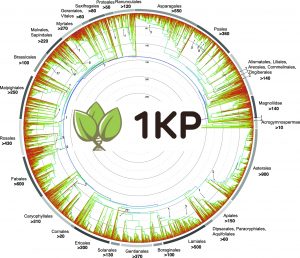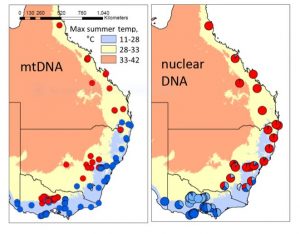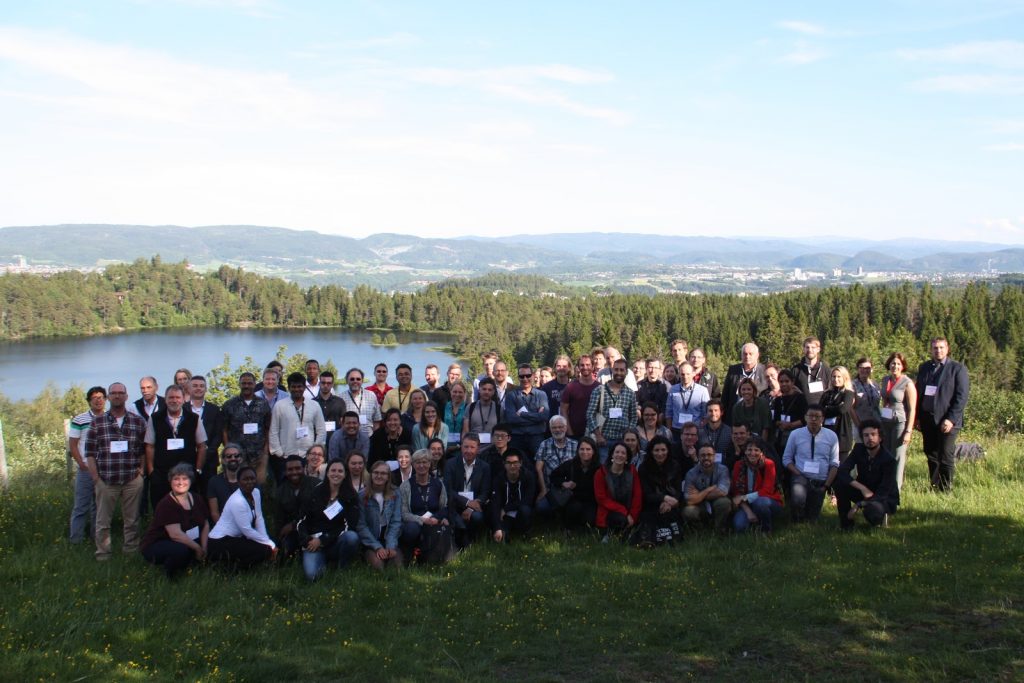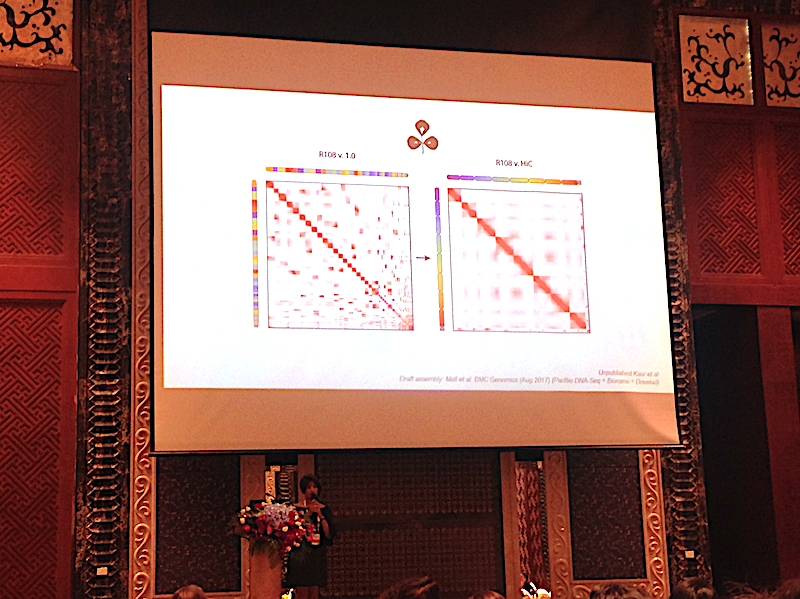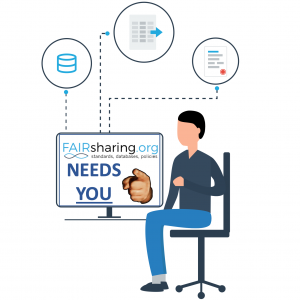
As part of the FAIRsharing Community Network (see previous blog) and joint Force11 and Research Data Alliance (RDA) FAIRsharing Working Group we have been involved in efforts to develop a shared, cross-publisher list of recommended data deposition repositories. The first fruits of these are a preprint from the working group and DataCite (of which we are also members) summarising what we feel should be the key criteria for selection.

